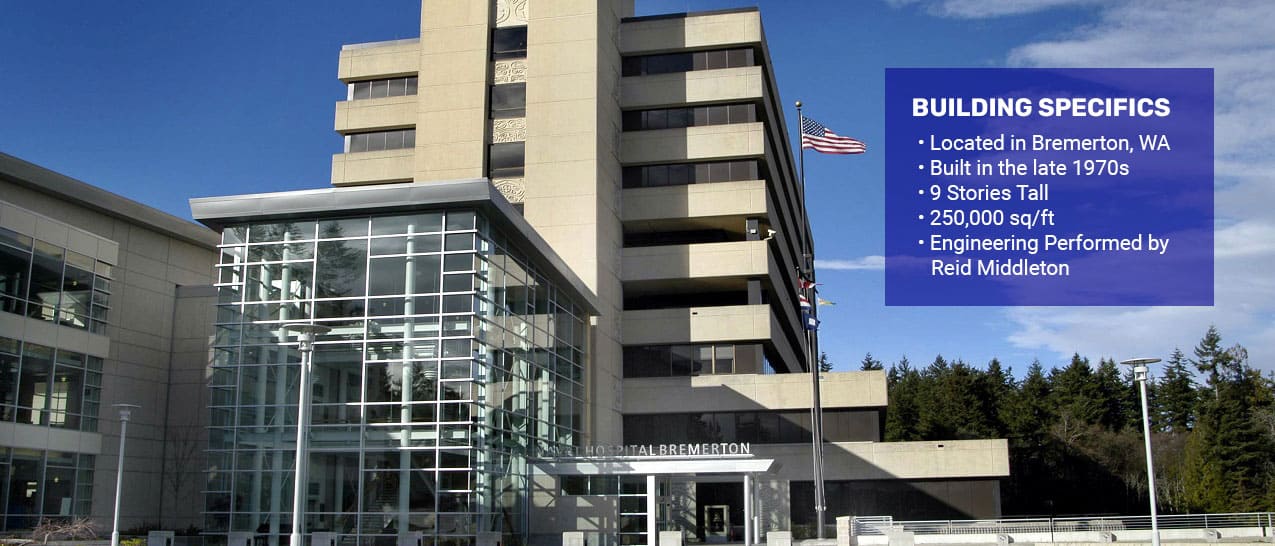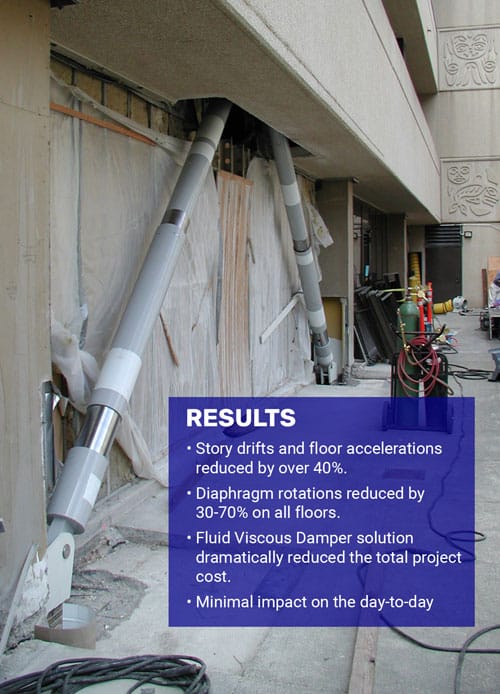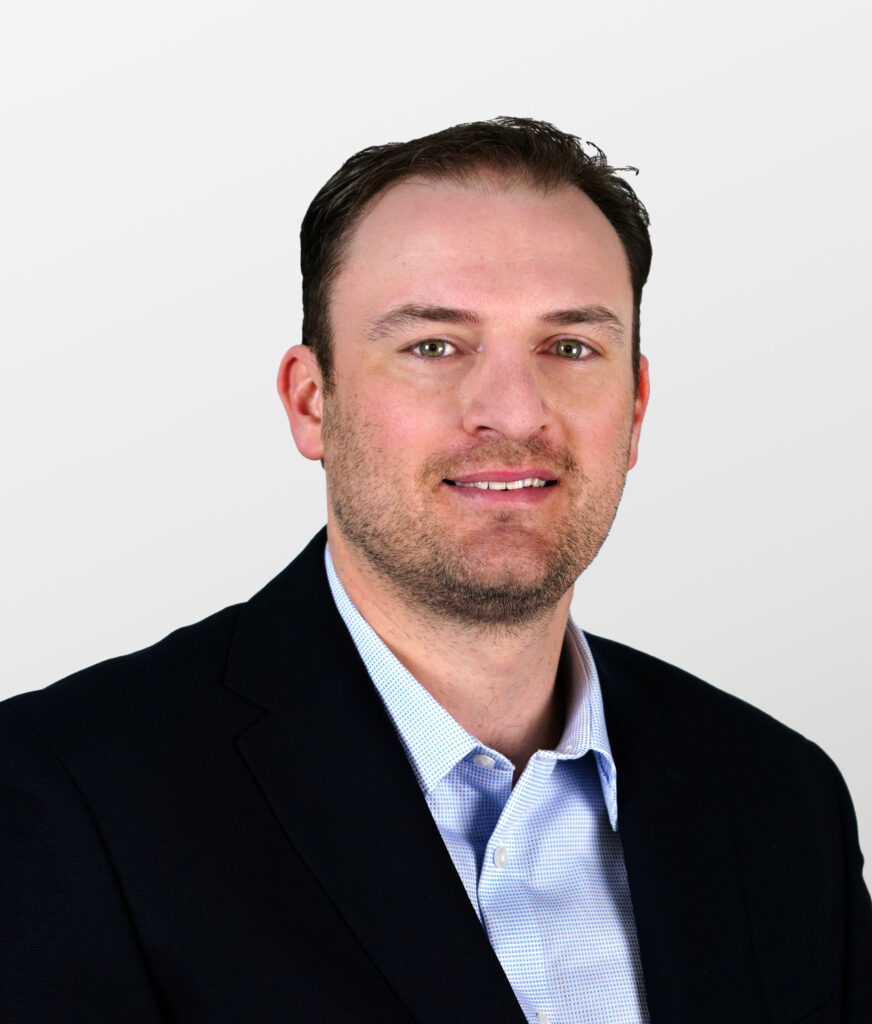It is a harsh, but true, fact that living in an area that is prone to seismic activity means you may be working, living, or just passing through an un-safe building on a regular basis. The experience as occupants is unique; many buildings seem to be in good health from a day-to-day basis, but earthquakes happen suddenly and without warning, and we have learned how destructive they can be. For many types of older buildings, the risk of life has been deemed too high by both engineers and policy makers, and actions are being taken to promote public welfare and protect building occupants.
Over the last fifty years many of these older buildings have been identified as vulnerable to collapse during major seismic events because of certain insufficiencies.
Seismic Event
Structural Insufficiency
1971
San Fernando
Unreinforced Masonry & Non-Ductile Reinforced Concrete Detailing
1989
Loma Prieta
Wood Frame Soft Story Collapse Mechanism
1994
Northridge
Steel Moment-Resisting Frame Detailing of Welded Moment Frame Connections
Often, the observed damage in one seismic event raised questions as to whether buildings in cities affected by other past earthquakes have sustained similar damage that has gone undetected. An example is from the 1994 Northridge earthquake, as it has been discovered that many tall steel buildings in San Francisco are now weakened and potentially hazardous because of the 1989 Loma Prieta earthquake.
Having knowledge of these insufficiencies has motivated policy makers to act. Many cities are in the process of investigating their inventory of vulnerable buildings, and others have already enacted certain seismic ordinances to promote public welfare and protect the public from major risk of life.
See the table below for a more complete list of cities with ordinances that are in effect, or in the process of being developed. We will continue to update this table as new ordinances go into effect, so be sure to bookmark this page for easy reference. You can also click the link on a city to go to that municipality’s website for more information. ✔️ = Approved and in effect
| City | Wood-Frame Soft Story Structures | Non-Ductile Concrete Structures | Non-Ductile Steel Structures |
|---|---|---|---|
| Alameda | ✔️ | ||
| Berkeley | ✔️ | ||
| Beverly Hills | ✔️ | Retrofit Program In Development | |
| Burbank | ✔️ | ✔️ | ✔️ |
| Fremont | ✔️ | ||
| Long Beach | Voluntary Program, Retrofit Program In Development | Voluntary Program, Retrofit Program In Development | |
| Los Angeles | ✔️ | ✔️ | |
| Oakland | ✔️ | ||
| Palo Alto | Retrofit Program In Development | ||
| Pasadena | ✔️ | ||
| Richmond | ✔️ | ||
| San Francisco | ✔️ | ||
| Santa Monica | ✔️ | ✔️ | ✔️ |
| Torrance | Voluntary Program, Retrofit Program In Development | ||
| West Hollywood | ✔️ | ✔️ | ✔️ |
Non-ductile concrete and pre-Northridge steel moment frame buildings are inherently flexible structures, meaning they will sway in the event of an earthquake. Because of this, Taylor fluid viscous dampers are the perfect retrofit solution. As the building sways, the FVD will absorb the energy, and dissipate it into heat, leaving both the FVD and the building without any damage and ready to handle the next earthquake.
A: Safety is the number one priority. These ordinances are designed to create safer buildings for people to live and work in, reducing the fear of what will happen when an earthquake strikes. However, retrofitting also helps with reducing or eliminating the cost involved from earthquake damage. It is important to note that retrofitting to base code requirements will bring the structure up to minimal code standards, which will prevent total collapse, but the structure could still be badly damaged by an earthquake. Higher performance through the use of Taylor Dampers is also an option for a very small additional retrofit effort.
A: Currently, seismic ordinances apply to unreinforced masonry buildings, wood-frame soft-story structures and non-ductile concrete structures that were permitted for Construction prior to January 1978. However, dates can vary depending on the municipality and you will be notified if your building is included.
A: If you received an order from the city, you MUST comply. While this may seem like an unnecessary cost right now, not only will the building be safer, but it is often easier to sell and certainly much more valuable with a retrofit completed. Here are the steps to follow if your building is required to make retrofits.
STEP 1: Have a licensed engineer conduct a structural evaluation.
STEP 2: Submit the structural evaluation to the city by the deadline provided in your notice.
STEP 3: After you’ve received approval, you must create a tenant habitability plan or means and methods plan and notify tenants in accordance with the city’s requirements.
STEP 4: Obtain construction permits.
STEP 5: Hire a licensed, bonded, and insured contractor to construct the improvements and complete the seismic retrofit.
STEP 6: Turn in all city-required paperwork to obtain a certificate of compliance.
A: Compliance timeframes are based on the type of building and begin from the date that you are issued a notice from the City. After being notified, you must typically submit a structural evaluation within 3 years or less. You can check your local municipality for more information about required timelines.
A: The cost of the seismic retrofit will depend on the building size and the amount of work that will need to be completed. To get a better estimate of the cost for your building, you will need to consult with an engineer. However, some past retrofit projects have varied between $50 and $100 per square foot.
While the cost will vary depending on the building, it is almost certain that prices will rise as deadlines approach. Demand for consulting, labor, and materials will rise, likely causing engineers and contractors to charge premium prices for their services, especially when they are overloaded towards the end of their deadlines. Getting started sooner, rather than later can be a huge cost savings.
A: The construction time will vary depending on the size of the building and the scope of the required corrections. The construction could take as little as three to four weeks for a small project or up to three months or longer for a larger buildings. Also keep in mind, delaying the start of the retrofit process can make it more difficult to sell down the road.
A: While construction costs are a major part of any seismic retrofit, the cost to relocate tenants during construction can be a major unexpected expense. The Tenant Habitability Plan is a document that outlines what steps are being taken for tenants during retrofit of your building. If construction work is expected to significantly disrupt the day-to-day lifestyle of the tenant or create a compromising structural condition, building owners will need to provide for temporary relocation which includes providing monetary assistance to move somewhere else until construction is finished. Most seismic retrofits with Taylor dampers will not require tenants to relocate, but once again, it will depend on the scope of the project and an engineer will be able to give a better estimate. When consulting with your engineer, be sure to request information that your seismic retrofit is completed with Taylor fluid viscous dampers.
A: Taylor Devices provides retrofit solutions for Pre-Northridge Moment Frame buildings. Our fluid viscous dampers can easily be added to any building and will provide enough protection for your building to meet code requirements and can be used beyond code to a higher performance level, allowing full functional recovery, immediately after the earthquake. When finding a licensed engineer, be sure to mention that you would like to use Taylor Dampers for your retrofit.
By completing this form you agree to our Privacy Policy.

The Naval Hospital at Bremerton (NHB) is a fully accredited, community-based hospital that serves over 60,000 military families in the Puget Sound region. Given its proximity to Seattle, in the event of a major earthquake, the medical campus could anticipate the need to serve over 250,000 people.
In 2001, the hospital shook for 45 seconds as the 6.8 magnitude Nisqually Earthquake struck the Pacific Northwest. Occupants on the upper floors recalled seeing the building sway as they watched the tree line below and feared for its collapse. The hospital structure experienced significant lateral drifts during the relatively small, “less than design level” earthquake, particularly on the upper floors of the tower of the main building. Calculated peak roof displacements from this modest earthquake shaking were over 6”.
Since the main building was constructed in the late 1960s with “Pre-Northridge Steel Moment Frames,” a detailed inspection in accordance with FEMA 350 standards was performed and the building was evaluated. During the evaluation of the structure, it was determined that a conventional seismic retrofit by strengthening or stiffening would have been too costly and disruptive to hospital operations, therefore alternative retrofit solutions had to be considered.
The use of Taylor Fluid Viscous Dampers proved to be the best design scheme to improve the seismic performance of the building while minimizing the disruption to hospital operations. In total, 88 Fluid Viscous Dampers were strategically installed in the existing structure. These dampers reduced the demands on the existing structure by reducing the lateral displacement of the structure and no retrofitting of the foundation was required.


Program Manager – Structural Products
Running 5k and Half-Marathons, Snow-Skiing, Boating and Slalom Waterskiing, Mountain Biking, Hiking, Kayaking and Canoeing, Camping, Sport-Bike (Motorcycle) Riding, and Craft-Beer “tasting”. Winter weekends are spent coaching Downhill Ski Racing to youths.









